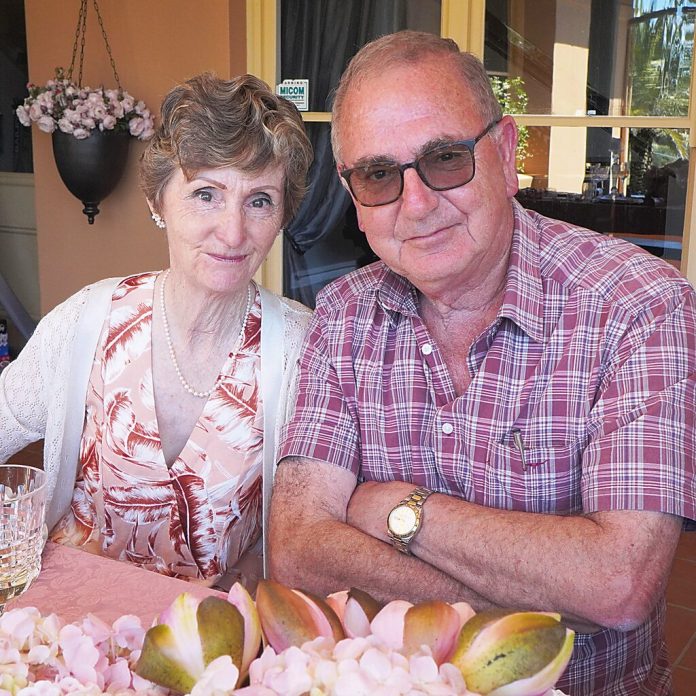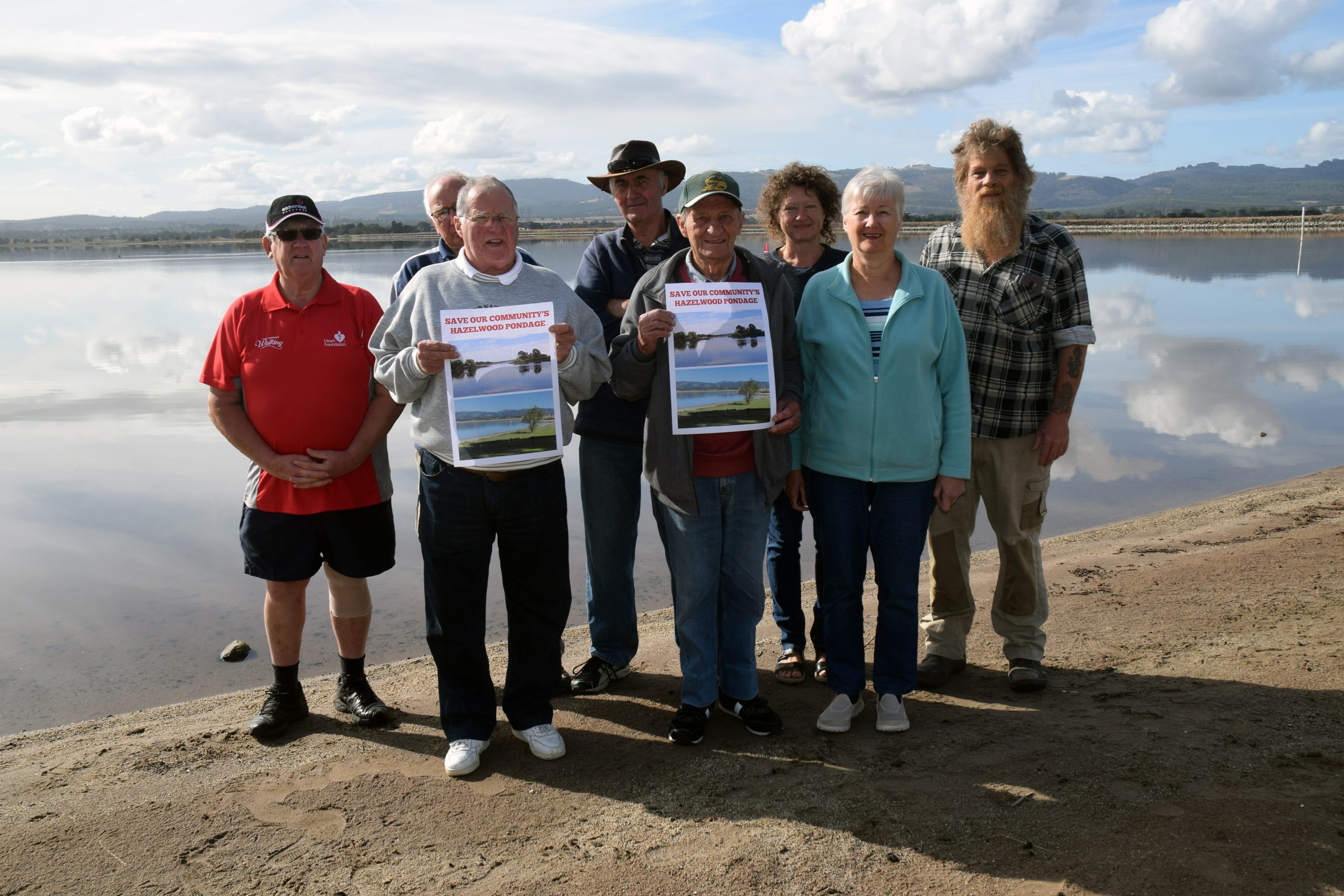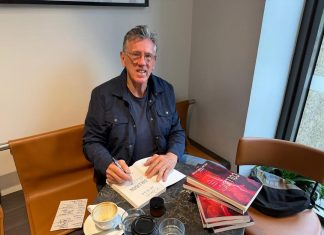
BRIAN HANDLEY
By BRIAN HANDLEY
REFLECTING back on my lifetime involvement in the National Civic Council and the Democratic Labor Party, I can’t help but ponder what might have been had the Australian Labor Party not split in 1955 or, better still, had the good guys prevailed at the ALP’s Hobart National Conference in March 1955. As has been well documented, the split was triggered when the federal ALP leader at the time, H.V. “Doc” Evatt, who, after losing the federal election in May 1954, denounced in public the supposed influence of B.A. “Bob” Santamaria’s Movement within the ALP on October 5, 1954. (I was celebrating my seventh birthday in Yallourn on that day and blissfully unaware of how this event would subsequently influence my life). Fast-forward to 1965 (aged 17), I was invited to attend the inaugural meeting of the Young Democratic Labour Association (YDLA) in Yallourn. To this point, I had not detected in myself any real inclination towards politics, but nonetheless I went along out of curiosity. I entered the meeting as a passive observer; I left as branch inaugural secretary, because I couldn’t think of a good reason to say no. When I casually mentioned this to my father Dave the next day, suffice to say he was not impressed, being a rusted-on ALP supporter, which I had not realised till then. This became quite an issue over the years that followed as my name started appearing publicly as the secretary, later president, of the McMillan YDLA. Over the following years, my involvement became all-consuming as we built up an active membership of 40-plus young people and became arguably the most successful branch of the YDLA in Victoria. In 1968 we organised an elaborate motorcade through Gippsland (Moe to Lakes Entrance) for Jack Little, as the lead DLP Senate candidate. Jack spoke at each town from the back of an open tray truck decked out with pictures of the Senate team. It was truly a Yankee-style, political razzamatazz campaign. Jack easily won the seat and was the first DLP Senator to obtain a quota in his own right. The township of Sale refused a permit application for Jack to speak, which we made into a political bias issue, which generated some media publicity in Melbourne. We nonetheless drove around the streets of Sale with the truck and 20 cars following in the motorcade. This period was the high-water mark for the McMillan YDLA. Sadly, divisions started manifesting in our branch (for reasons I won’t go into here) and by 1970 the branch was no more. By this time, I was engaged to a lady I had recruited into the branch (Maria) and was busy preparing to get married and travel to the United States on a Rotary International Scholarship. Although I was unable to hold the branch together politically, at a personal level, I’m pleased to report that our union has held and produced five children and eight grandchildren. After Maria and I returned from the US, my active involvement in the DLP and NCC resumed, and I was endorsed as the DLP candidate for Narracan in 1976. Jim Balfour was the local member and Minister for Fuel and Power. I liked Jim and found him to be very authentic. During this campaign, I got to meet then Premier Dick Hamer at a civic reception in Moe. Jim Balfour introduced Hamer. I took the opportunity to suggest he make the Newport Power Station Green bans an election issue and gave him the reasons why. His response: “Brian, I have been assured by the Trades Hall Council that they will lift the bans after the election, if we go quietly on this during the campaign.” My response: “With respect, Mr Premier …” I knew then that Hamer was a lightweight. About this time, I also had the privilege of meeting Bob Santamaria in person. One occasion that stands out was when I invited Bob to be guest speaker at a gathering of NCC/DLP supporters in Gippsland. We had over 100 people in attendance. The occasion received a lot of local media coverage. Over subsequent years I had many more such occasions to speak to Bob and to this day, I consider it a great honour to have met and had dealings with such a historical giant. The DLP arguably was at the pinnacle of its power in 1974, having five Senators who held the balance of power: George Cole, Tasmania; Vince Gair, Queensland; Frank McManus, Victoria; Jack Little, Victoria; and Jack Kane, New South Wales. Sadly, serious leadership divisions emerged within the parliamentary party and the ALP, knowing this, seized the opportunity to offer the DLP leader (Vince Gair) the position of Ambassador to Ireland – which he accepted – thereby creating a Senate vacancy. This sordid political affair took on many twists and turns and ultimately culminated in Prime Minister Gough Whitlam being granted a double dissolution for an election on May 18, 1974. At this election, all five DLP Senators lost their seats. Bob Santamaria subsequently concluded that the DLP had run its race and should be dissolved. This withdrawal of NCC support triggered much division. Prominent members including Frank McManus were strongly opposed. McManus persuaded key ALP Split MP Stan Keon to get involved and there was spirited debate at the 1977 conference called to dissolve the party, which, from memory, was narrowly passed. Those opposed to the dissolution of the party – which included myself – simply ignored the resolution and elected to keep the party alive, albeit without NCC support. From memory, Stan Keon became secretary of the revived party and was a key driving force. In the subsequent 1980 federal election, I was the DLP candidate and for the first time ever, the DLP directed its second preferences to the ALP. Why? Primarily due to the very public anti-life position taken by then Liberal MHR Barry Simon. In contrast, the ALP’s Barry Cunningham came out publicly and said he would have supported the John Martyr amendment to the Human Rights Commission Bill (1980) which sought to recognise and protect a child both before and after birth. Barry Simon had opposed the amendment. It was my view that it was also time to let the Liberal Party know that it could not just take DLP preferences for granted. Barry Cunningham was on the right of the Labor Party and strongly opposed to the left faction. He was the perfect fit for the DLP if we were ever going to make a political statement. I met with Barry and discussed our position and made it crystal clear that he would have to state his political position publicly in unambiguous terms. He did this in the local media. The DLP subsequently made a statement that we would preference the ALP in McMillan. The Liberal Party immediately contacted Bob Santamaria, who was for the first time unable to influence events. Attempts by a few NCC members in Gippsland to sabotage the decision had minimal impact and we actually delivered a 75 per cent tight preference to the ALP, which gave Barry Cunningham the seat. My primary vote was 5 per cent and preferences gave Cunningham 51.4 per cent on a two-party-preferred basis. At the “declaration of the poll”, Barry Simon attacked me and the DLP publicly. The media at the time were happy to give me “right of reply” and I didn’t hold back either. Notwithstanding the NCC opposition to what we did in McMillan, I still attended the next NCC state conference, not knowing what sort of reaction I would receive. To my pleasant surprise, Bob Santamaria sought me out and, with a wry smile, said he regretted not keeping control of the DLP name. While he didn’t specifically mention the McMillan controversy, I got the impression he was not unhappy with the result and certainly not hostile to me personally. We would typically have brief chats at subsequent conferences, and he would seek my opinion on various pollies and issues, which I took as a compliment. My DLP involvement continued into the 1980s and I stood as the lead DLP Senate candidate in 1984. Maria (my wife) was second on the ticket. Despite a pretty big effort, we fell well short of the mark, receiving less than 2 per cent of the vote. The writing was now clearly on the wall, that the DLP was no longer able to influence political events and many of the key players who had stepped into the breach in 1977 were no longer involved for one reason or another. Having concluded that the revived DLP Mark 2 was now on life support (although the party remained strong in my part of Gippsland) I had a discussion with Peter McGauran (Federal Member for Gippsland) about a quasi-merger in Gippsland with the DLP. This simply amounted to the DLP folding and interested members joining the National Party. An agreement was reached and a joint statement was issued (that I drafted) and the deal was done. Most local members elected to join the Nats with an open mind. It was an interesting marriage, with both sides being somewhat guarded.









